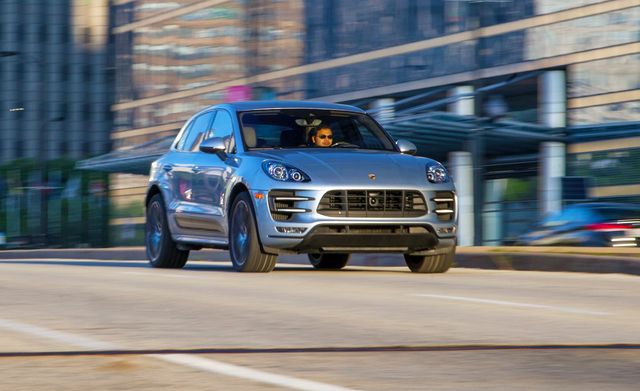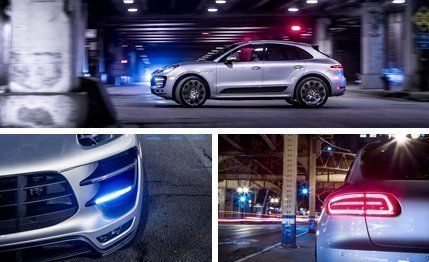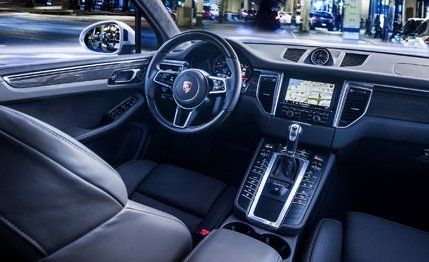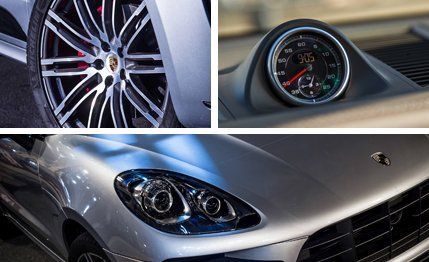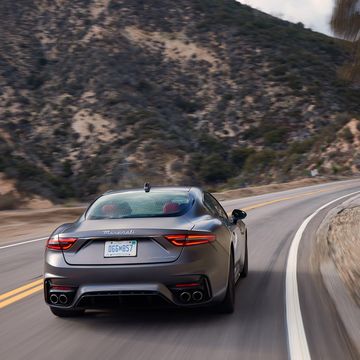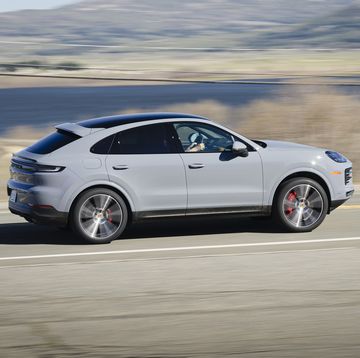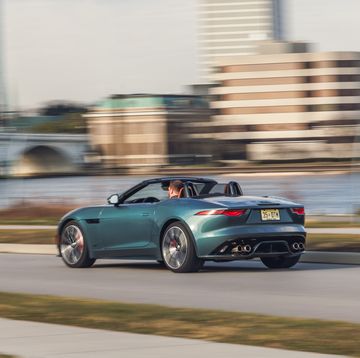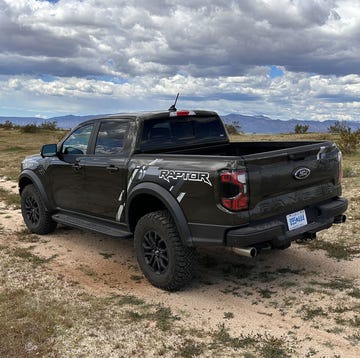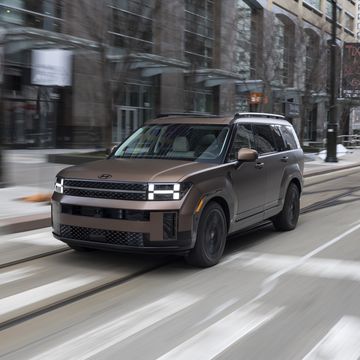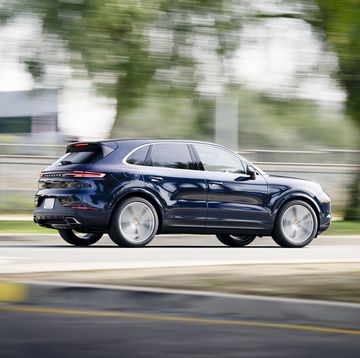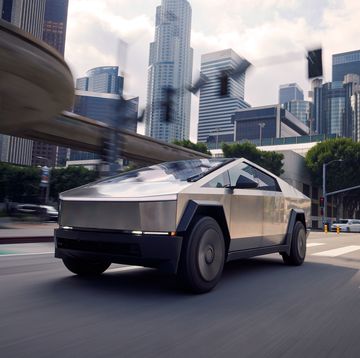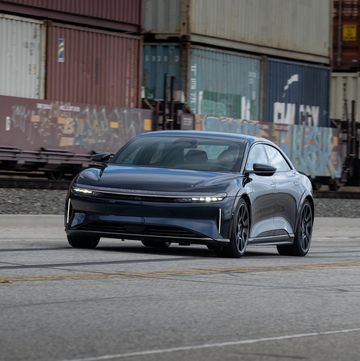The world will forever remember the tragedy of September 25, 2002. Porsche unveiled the Cayenne on that day, shocking the Paris auto-show crowd with a five-door SUV so horrid to behold that, after gazing upon it, no fewer than 17 members of the media were turned to stone. Nine others were then crushed when the vehicle, which outweighed a family of elephants, hurtled wildly off the stage. The company’s reaction has verily defined corporate callousness ever since: Porsche announced that it was immediately ceasing production of its 911 and destroying all spare parts for the venerable sports car.
So, that’s not entirely true. But reactions to Porsche’s first foray outside of sports cars were no less fantastical. One infamous media gadfly proclaimed that the Cayenne threatened to “destroy the very soul of the company,” presaging the Supreme Court’s 2010 Citizens United decision by a good eight years. The New York Times published a lengthy story in which one 911 owner said: “Every S.U.V. I’ve seen is driven by some soccer mom on her cellphone. I hate these people, and that Porsche would throw me into that category made me speechless.” Our own reaction was only slightly more levelheaded: “It’s either a brilliant marketing scheme or a sure sign that The End is near.”
Twelve years later, Rapture is still a ways off (we hope), and Porsche is back at it with the 2015 Macan. This time, the true disciples of the left-handed key slot will find cause to complain that Porsche’s smaller crossover is based on the Audi Q5, with which it shares some structure and a 110.5-inch wheelbase. Perhaps Porsche Design should work up a pitchfork for the catalog—might be a hot seller. Or maybe the faithful could just accept that Porsche knows what the hell it’s doing. Starting with a few common stampings and fleshing out the rest with exclusive Porsche kit, the company has produced the most-amazing-to-drive crossover ever unleashed on Starbucks drive-thrus.
We’ll get to that fun part of the story shortly. First, we’ll give those of you who like to complain about the utter lack of affordability of every car we feature in these pages time to defenestrate your magazine. If ever you folks were right, it would be now. The Macan Turbo has a base price of $73,295, while the Macan S, which also happens to be turbocharged, starts at $50,895. But the one you see pictured here rings the bell at an almost-completely loaded $104,440. Yes, Rod Serling himself delivered our test car.
Defend if you will the personal choices of one-percenters who might buy a six-figure Macan, but the window sticker on our test vehicle is indefensible, even by Porsche’s exaggerated standards. The staff at The Price Is Right could create an entire game out of its $31,145 in extras, including a $140 fire extinguisher (kinda reasonable for a fire extinguisher, actually); the $990 “thermally and noise insulating privacy glass;” and the $3300 911 Turbo–style wheels, which scale up the stock rims from 19 to 21 inches. Some options make better sense: air suspension with PASM (adaptive dampers) for $1385, Porsche Torque Vectoring Plus for $1490, and the Sport Chrono package with launch control for $1290. And the Smoking package, which seems worth getting even if you don’t smoke, just because it’s free.
None of the Q5 shows—certainly not in the new sheetmetal and aluminum clamshell hood. Roughly two inches shorter in height than the Q5, the Macan’s greenhouse appears comparatively shrunken. Huge wheels and 295/35-sized tires so threaten to overwhelm the balance between the upper and lower sections of the vehicle that Porsche’s stylists created a contrast panel running horizontally just above the rockers. Borrowing vernacular from the corporate dictionary, this “sideblade” does, in fact, keep the design from appearing cartoonish.
A greater rake to the D-pillars shorts the Macan’s cargo hold by more than a third compared with the Audi’s, but the loss of volume is mostly in the vertical plane. There’s still sufficient space to stow luggage flat on the load floor, though its lip is rather high off the ground.
Porsche fashioned the interior after its other vehicles, with the key to the driver’s left and the ubiquitous sloping center console on the right. In between is a thick and deeply contoured three-spoke multifunction steering wheel with proper paddle shifters, shared with the 918 Spyder. Three interlinked circular gauges in the instrument panel match those found in the entry-level mid-engined Porsches and remind the driver that the Macan is a junior model; 911s, Cayennes, and Panameras have five. The Sport Chrono clock sits atop the center dashboard above a standard-issue seven-inch touch screen for the navigation and infotainment systems. Adjustable sport seats plucked from the corporate parts bin set a new class standard for lateral support, with enough side and thigh bolstering to serve as an incentive to stick with your diet. The second row is awfully tight, too, but not in the good way.
